Weekly recaps
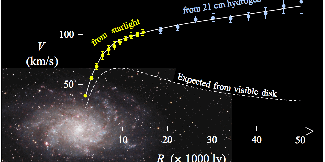
Recap / Best of Last Week–New theory of gravity gains credence, banning killer robots and a food additive linked to colon cancer
(ScienceX)—It was another good week for physics as renowned string theorist Erik Verlinde offered a new theory of gravity that might explain dark matter—he has now shown that his idea of emergent gravity can explain the ...
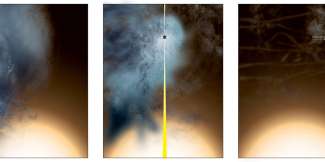
Recap / Best of Last Week – A new subatomic structure, a deadly fungal infection and gender differences in social settings
(ScienceX)—It was another good week for physics, as a team at the University of Houston induced superconductivity in non-superconducting materials—demonstrating that an idea proposed several decades ago was sound. A team ...
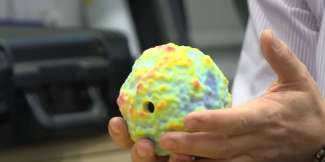
Recap / Best of Last Week–Printing baby universe, releasing mutant mosquitoes and a simple supplement that reduces heart disease
(ScienceX)—It was another good week for physics as a French-led team at the National Superconducting Cyclotron Laboratory at Michigan State University announced that a bubble nucleus was discovered—prior research had ...
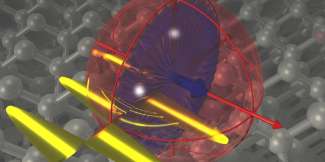
Recap / Best of Last Week—Boosting quantum computing stability, strange stars and a link between depression and vitamin D
(ScienceX)—It was another great week for physics research as a team with the U.S. DOE's Argonne National Laboratory posited a way to locally circumvent the second law of thermodynamics by applying quantum information theory ...
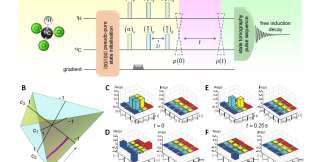
Recap / Best of Last Week – Everlasting quantum coherence, dispelling Rayleigh's curse and eating protein when dieting
(ScienceX)—It was another good week for physics as an international team of researchers demonstrated everlasting quantum coherence by conducting experiments that showed that quantum coherence can be preserved for a second ...
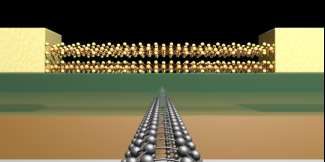
Recap / Best of Last Week–Building the smallest transistor, maximum human lifespan reached and awarding of Nobel science prizes
(ScienceX)—It was a good week for physics as the Nobel physics prize was awarded to three researchers for topology work—David Thouless, Duncan Haldane and Michael Kosterlitz were awarded the prize for their work that ...

Recap / Best of Last Week—An alternate theory of how life started, SpaceX's mission to Mars and the problem with narcissism
(ScienceX)—It was a big week for Earth science as a team at Washington State University found evidence that reservoirs play a substantial role in global warming—taken together, the group found, they are responsible for ...
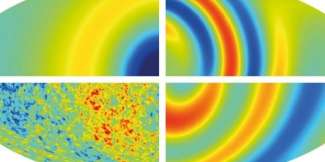
Recap / Best of Last Week—The directionless universe, China's huge radio telescope and oxytocin enhanced spirituality
(ScienceX)—It was another good week for physics as a team with the University of Calgary and colleagues in the U.S. teleported a particle of light six kilometers across the city of Calgary's fiber optic cable infrastructure—leading ...
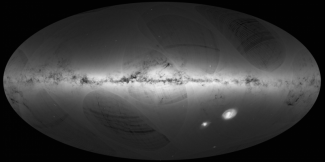
Recap / Best of Last Week—New touchscreen technology, a new 3D map of the Milky Way and looking at the brains of short sleepers
(ScienceX)—It was another good week for physics as a team at the University of Sussex announced that they have developed new touchscreen technology based on patterning silver nanowire films. Also, a team at MIT cooled potassium ...
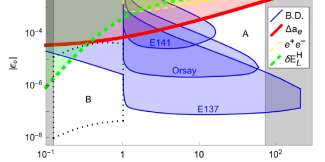
Recap / Best of Last Week – New boson predicted, a mysterious weather disruption and debunking the 'five second rule'
(ScienceX)—It was another good week for physics as a trio of theorists with the University of Washington, Yu-Sheng Liu, David McKeen and Gerald A. Miller came up with the idea of a hypothetical new particle that could solve ...
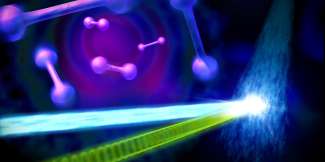
Recap / Best of Last Week – Solving a physics problem, Zika drug breakthrough and chemicals in antibacterial soap banned
(ScienceX)—It was another good week for physics as a team of researchers at the U.S. Department of Energy's SLAC National Accelerator Laboratory used a high-speed 'electron camera' to film atomic nuclei in vibrating molecules—the ...
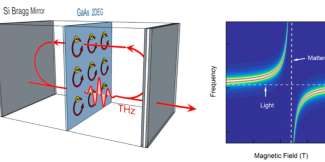
Recap / Best of Last Week—Converting CO2 to fuel, rocky planet found orbiting nearest star and possible remedy for a fatty diet
(ScienceX)—It was a good week for physics and technology development as a team with Rice University found that light and matter merge in quantum coupling—they described research into a way to create a new condensed matter ...